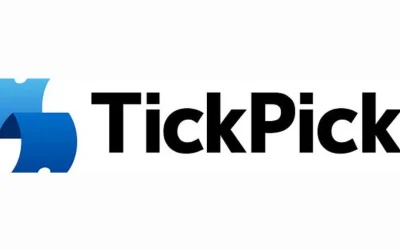Live Nation President and CEO Michael Rapino is generally happy with the way his company is performing this year, especially its Ticketmaster division, which Rapino said today, September 21, will continue its aggressive growth strategy.
Rapino told an audience of investors at the Goldman Sachs Communacopia Conference in New York that efforts to turn Ticketmaster into a “real consumer-based e-commerce company” over the past year have paid off, which he believes will help Live Nation post flat or slightly improved sales for the year.
“Which is a huge positive for the company, considering the current economic climate,” he said.
Improving and expanding the Ticketmaster.com and Livenation.com online shopping carts; integrating with Facebook; incorporating consumer reviews into the Web sites; and improving its seat mapping features (again, partly through Facebook) have all contributed to boosting Ticketmaster’s ticket sales by 12 percent so far this year, according to Rapino.
“Going to a concert is still a magical, Kodak moment fans have told us, so consumer demand is still there,” he said.
Like the company’s Chairman Irving Azoff, who last week during a Bank of America Merrill Lynch investor conference tried to downplay the growing threat posed by Anschutz Entertainment Group and Outbox Enterprise’s ticketing effort, Rapino tried a similar track today. While acknowledging that Google is how a lot of fans find shows — which several new ticketing firms have claimed — he believes that fans still want an aggregator site like Ticketmaster.com because 60 percent of the fans who attend Live Nation shows still turn to Ticketmaster to buy their tickets.
Rapino envisions further merging of primary and secondary ticket information on Ticketmaster’s Web site, so that fans “never have to leave our site to know what prices are like on the secondary market.” The sentiments mark a 180-degree change from what Rapino and Azoff told Congress in 2009 when both executives blasted the secondary ticket market, but this summer, Ticketmaster began an initiative to incorporate secondary ticket pricing information into its site.
In addition, Live Nation has negotiated better terms with touring artists this year, which has helped both sides see better sales in many cases.
“We typically never have a problem selling the front half of the house, only the back half. So, the question we ask is how are we pricing the back of the house? How can we bring that cost down?” Rapino said, adding that artists began listening to various suggestions to improve ticket sales because none of them wanted to be the “on the cover of Rolling Stone as the poster child for a failed tour.”



